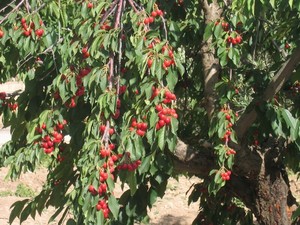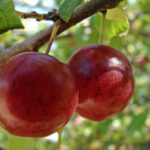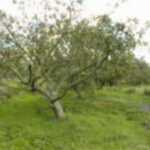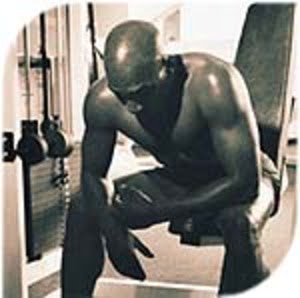So you’ve added a beautiful flowering cherry tree to your landscape and now you need to know how to prune it. There are some basic things you’ll need to consider and a few tools you’ll need in order to prune your flowering cherry tree.
It is important to understand why you need to prune your flowering cherry tree before you begin lopping off branches. One reason is to remove dead, damaged or diseased limbs. You’ll also want to remove any branches that rub on one another or that cross over each other. Sucker growth from the bottom of the tree should also be removed., Branches that grow toward the center of the tree should also be removed. Lastly, you want to prune to give the cherry tree an overall shape.
If your cherry tree is strictly an ornamental variety (no fruit), you want it to have a nice rounded appearance when you’re finished. However, if your cherry tree produces fruit, it should end up with a scaffold appearance as this makes harvest cherries easier.
Getting Ready
Gather your tools. You’ll need lopping shears, hand shears, pole pruners, a pruning saw and a ladder. Work gloves are also a good idea. If you need to use a ladder, be sure to secure it safely before climbing or ask a partner to help steady the ladder.
Take a good look at your tree from a distance of 10 to 15 feet. Think about the overall shape you want your tree to have.
Begin Pruning
Trees, particularly fruit and ornamental trees are sensitive to too much pruning. Never remove more than one third of the total tree in any given year. With this in mind, make the most necessary cuts first. Those would include removing damaged or decaying limbs and any that show signs of insect damage. If you can, then begin making the shaping cuts. If you have already removed a good portion of the tree, stop and leave the shaping for next spring.
Shaping Cuts
Leave sturdy, horizontal branches intact. Remove branches that grow inward toward the center of the tree. Look for branches to thin that are rubbing or are crowded. Shoots that go straight up from the horizontal branches can be thinned too. Stop frequently to check your progress. Remember, no more than one third of the tree should be removed in a single year. Your work is done when you have achieved either the scaffold or rounded top, depending on the type of cherry tree you have.
Tips
Cuts should be clean. Leave no stubs. Also, leave collars in place. If you cut too close to the trunk of the tree, you risk injury to the tree. Make clean cuts leaving no stub. Leave collars of branches in tact as a cut to close to the trunk can damage the tree.
Timing is critical. Normally the best time to prune a cherry tree is just after they have bloomed. Cherry trees begin developing the buds for next year’s bloom almost as soon as they shed this year’s petals. If you prune much later, you risk removing the flowers for next spring. The only exception is in the case of wind or storm damage when it may necessary to remove damaged branches.
Sources:
- Department of Horticulture Purdue University
Irish Gardeners






